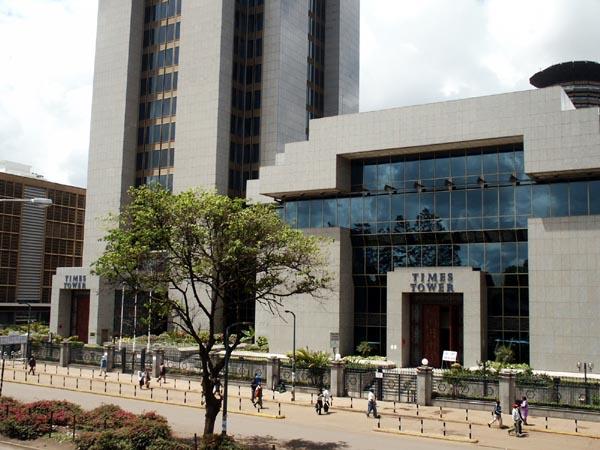Press Release
Kenya’s Corporate Tax Policy Favourably Ranked in the New OECD Report

A global report on corporate taxation has identified Kenya as one of the leading countries currently fostering tax reforms for economic growth.
The report by the Organization for Economic Cooperation and Development (OECD) dubbed Corporate Tax Statistics (second edition) singles out Kenya as one of the global jurisdictions with a generous accelerated depreciation corporate tax policy alongside Italy, Papua New Guinea and Cote D’Ivoire.
“Among those jurisdictions, the average reduction of the statutory tax rate was 1.7 percentage points; in 2019, the largest reductions were observed in Italy was 4.9 percentage points, Kenya 3.8 percentage points, Papua New Guinea 3.7 percentage points and Cote d’Ivoire 3.4 percentage points,” the report confirms.
The data, released in the OECD’s annual Corporate Tax Statistics publication, is a major output based on the Country-by-Country Reporting requirements for MNEs under the OECD/G20 Base Erosion and Profit Shifting (BEPS) Project.
“The Corporate Tax Statistics report provides a welcome dashboard on the global status and will allow us to enhance our ongoing benchmarking against global standards such as the BEPS Action plan,” Kenya Revenue Authority (KRA) Commissioner-General Githii Mburu said.
Mr. Githii added that “The Government through the National Treasury among other agencies have been providing much-needed support to ensure adherence to multilateral treaties and conventions required on this front.”
This new data contains a vast array of aggregated data on the global tax and economic activities of MNEs, including profit before income tax, income tax paid on a cash basis, current year income tax accrued, unrelated and related party revenues, number of employees, tangible assets and the main business activity (or activities) of MNEs.
The new statistics suggest several preliminary insights:
- There is a misalignment between the location where profits are reported and the location where economic activities occur, with MNEs in investment hubs reporting a relatively high share of profits compared to their share of employees and tangible assets.
- Revenues per employee tend to be higher where statutory CIT rates are zero and in investment hubs.
- On average, the share of related party revenues in total revenues is higher for MNEs in investment hubs.
- The composition of business activity differs across jurisdiction groups, with the predominant business activity in investment hubs being “holding shares and other equity instruments”.
This second edition of Corporate Tax Statistics also collects for the first time, information on controlled foreign company (CFC) rules, which are designed to ensure the taxation of certain categories of MNE income in the jurisdiction of the parent company to counter certain offshore structures that result in no or indefinite deferral of taxation BEPS Action 3; as well as new data on interest limitation rules, which can assist in understanding progress related to the implementation of BEPS Action 4.







